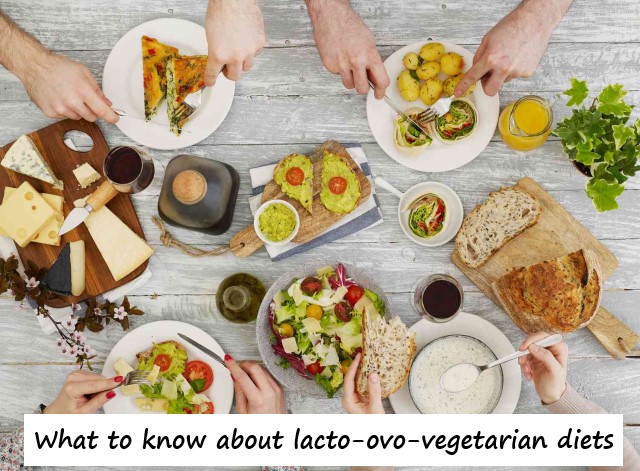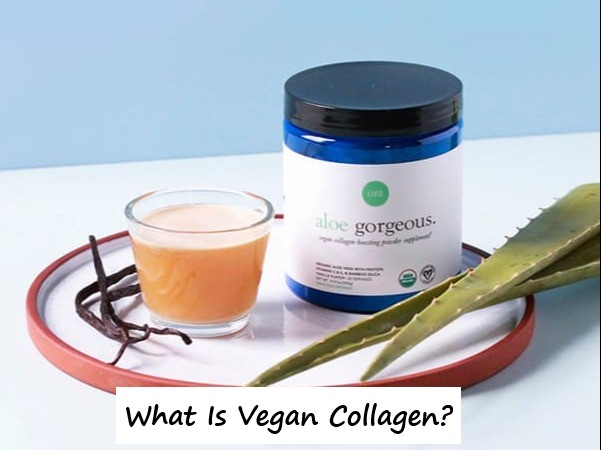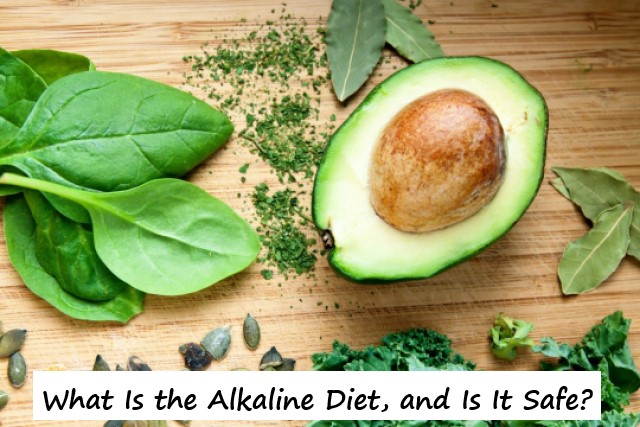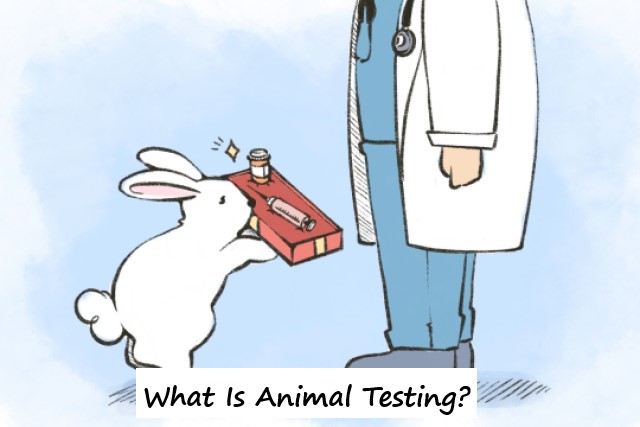These Are the Best Countries to Visit as a Vegan in 2023

A decade ago, traveling as a vegan meant sourcing dinner from the nearest tropical fruit vendor, making rice and beans in a hotel microwave, and missing out on compulsory cultural experiences—street meat, chocolate tastings, wine tours, and all. Cut to 2023 and there are designated vegan restaurants in virtually every country. You can go to Nairobi, Kenya and find vegan mac and cheese (yep, really), or travel to the literal edge of the Arctic Circle and feast on falafel. Rice and beans be damned.
I went vegan five years ago at a campground in New Zealand. Even then, options were limited to $3 avocados and alt milk at the odd coffeeshop. Now, New Zealand travelers have meatless pies, gelatin-free pick ‘n’ mix, and more than one brand of soy or nut milk in their arsenals. They might never even have to chop a whole pumpkin and cook it on a camping stove, those lucky bastards.
It’s true: Despite our penchant for announcing our veganism to the world, being one of those people is no longer fringe or different. But in losing our edge we’ve gained an infinity of food options in every corner of the world, so, hey, I’ll take it. So https://thevegangarden.com/‘s here are the best countries to feast on vegan food now that living on vegetables is not only acceptable but cool. –Olivia Young
United Kingdom
Never mind the power that clotted cream, Sunday roasts, and shepherd’s pie once had over Great Britain’s past—this historically meat-loving kingdom has evolved into a vegan mecca. A number of places, like Sutton and Sons, even make their beloved “fish” and chips with seaweed-wrapped banana blossoms now.
London, Glasgow, Edinburgh, and Bristol repeatedly rank as some of the most vegan-forward cities in the world. London held the top spot on HappyCow’s 2022 list, not least because it’s home to a whopping 165 fully vegan restaurants within a six-mile radius of the city. Enjoy an internationally-inspired, colorful meal at Mildred’s, which transitioned to a fully vegan menu in 2021, or go for some comforting mac n’ cheese at Wulf & Lamb. Then, when you’re in need of something sweet, indulge in a vegan sourdough donut at Crosstown. Another reason to visit? You’ll never be far from a McDonald’s McPlant burger, a Greggs no-sausage roll, or the famed Burger King Vegan Royale “chicken burger.” Road trip junk food, sorted.
Ethiopia
Plant-based travelers might be surprised to find this East African industrial agriculture and food-processing hub on this vegan-centric list—after all, Ethiopia lays claim to one of the continent’s largest concentration of cattle farms. But thanks to the longstanding prevalence of the Ethiopian Orthodox Tewahedo Church, which counts upwards of 45% of the population as professed members, vegan meals are very easy to come by. The religion requires that believers fast for 200 to 250 days per year, but instead of abstaining from all food like other traditions mandate, Ethiopian Orthodoxy only prohibits animal products. That means that depending on the season, vegan options abound, especially in larger cities like Addis Ababa where Happy Cow lists a host of options (don’t miss the daily vegan lunch buffet at the deeply historic Taitu Hotel).
In terms of national cuisine, it’s rare to come across cheese or eggs, though butter or clarified ghee does sometimes come into play (many restaurants have switched over to vegetable oil, which is cheaper and more inclusive). Injera, the spongy fermented flatbread commonly used as both utensil and plate, is made from iron-rich teff flour and adds a hearty plant-based edge to any dish. Spices are also plentiful, and blends like Ethiopia’s signature berbere light up veggie staples like chickpea-fueled shiro, misir wat, a red lentil stew, and turmeric-laced kik alicha, a fragrant yellow split pea curry. When in doubt, just load up on yetsom beyaynetu, a combo platter spanning several different fasting-friendly (AKA vegan) dishes.
The Netherlands
In a country known for its spinning windmills and breezy cycling, it’s no surprise that even the Dutch government backs sustainable eating habits. You’ll find a number of vegan innovations at supermarkets across the country—look out for brands like The Vegetarian Butcher and Vivera—and, of course, a multitude of vegan restaurants in the country’s capital city.
HappyCow lists Amsterdam as one of the fastest-growing vegan cities, with 78% increase in just a three-year span. A trip to the Dutch capital would not be complete without a technicolor burger at Vegan Junk Food Bar, which now has five locations across the Netherlands. For vegan takes on classic sweets, check out the pancakes at Mr. Stacks or stroopwafels at Van Holland. And if you’re not keen on scouring the city for plant-based meals, The Guardian ranked Vegotel, located in northern Holland, as one of the best vegan hotels in Europe.
India
Another country known for its colorful, spice-filled cuisine and associations with vegetarian-leaning religions is India. A vegan simply can’t go hungry in the birthplace of chana masala, aloo gobi, aloo matar, and dal. Just watch out for that sneaky South Asian cooking staple, ghee, and you might even manage the trip without accidental dairy ingestion.
India is thought to have the most vegetarians globally, with up to 42% of the population avoiding meat products. There are almost 100 fully vegan restaurants throughout the country, the highest concentration being in Mumbai, Bangalore, and, unsurprisingly, Auroville, a hippy-dippy “utopia” that’s been described as a year-round Burning Man festival.
Australia
Australia is a strange place for a vegan. It continues to be one of the world’s top meat-consuming countries, with savory pies, fish and chips, and “shrimp on the barbie” reigning supreme. But it’s also the world’s third fastest-growing plant-based market and home to one of the most iconic vegan fast food institutions of all time, Lord of the Fries. (Don’t dare underestimate the deliciousness of the meatless Chicago dog, best washed down with a peanut butter shake.)
HappyCow listed both Melbourne as their fourth most veg-friendly city, and Sydney continues to show promise. Besides greasy burger joints, you’ll find a slew of whole-foods kitchens, including Melbourne’s Vegie Bar as well as Sydney’s Kindness Vegan and Bodhi in the Park.
Thailand
Thailand is synonymous with the start and end point of the Banana Pancake Trail, a backpacking route that circumnavigates Southeast Asia by way of Thailand, Laos, Vietnam, and Cambodia. The travel scene here has long been associated with soul-searching, elephant-pant-wearing backpackers. In other words, vegans.
It can be difficult to source a meatless meal in some of the more remote regions—you might not be able to avoid being served eggy fried rice on account of the language barrier—but urban areas have “jays” (Thai for vegan restaurants) galore. Bangkok and the island city of Phuket are exceedingly vegan-friendly, and their northern counterpart Chiang Mai has been called the “vegan capital of Asia.” Red and yellow signs reading เจ mark vegan eateries around every corner.
Israel
Veganism and kosher share some of the same principles, and Israel is home to a predominant Jewish population. That is to say Israelis were eating falafel and hummus long before vegans turned chickpeas into their own food group. Even the Israeli Defense Force accommodates vegan soldiers with plant-based rations and leather-free boots.
Tel Aviv, home to almost 100 vegan and vegetarian restaurants citywide, is certainly the vegan capital of Israel—but also, according to The Independent, the “vegan capital of the world.” Thanks to its Mediterranean climate, colorful foods burst from the ground with little coaxing and fill the vibrant shuks with scenes and smells that spark vegan joy. You’ll find no shortage of fresh salads at the many local Middle Eastern eateries, but if you find yourself overcome with a hankering for fake meat, try the New York-style vegan “steak”—or just about anything on the menu, for that matter—at the Western-inspired cocktail bar Four One Six.
Sri Lanka
Whoever said traveling as a vegan is expensive has never been to Sri Lanka. With the exception of seafood, most traditional cuisine here is naturally vegan. Classic dishes include eggplant moju (pickle), jackfruit curry, mallung (salad), dal, and any other combination of rice, vegetables, and native fruits—namely coconut. Whereas vegan food is considered a pricey specialty in Western society, a filling meal in Sri Lanka could cost as little as $2.
Vegan food is so ubiquitous in Sri Lanka that plant-based restaurants are often unmarked. The 91 vegan and vegetarian restaurants listed on HappyCow are but a snapshot of the market. That said, the largest selection of vegan food will undoubtedly be found in Tamil restaurants.
Germany
Though Germany’s traditional fare largely favors pork, today’s schnitzel and vast variety of sausages are often made without meat—to the presumed chagrin of the region’s food purists. Believe it or not, a number of German staple foods are also naturally vegan. Think sauerkraut, pretzels (with mustard rather than cheese sauce), and, obviously, beer.
Speaking of beer: A variety of plant-based treats are available at Oktoberfest, including “cheese” spread, tomato bread, dumplings, patties, soy steak, pea schnitzel, striezel, and meatloaf. In addition to Europe’s largest beer-drinking festival, the continent’s largest vegan festival, Veganes Sommerfest Berlin, takes place in Germany every year. Happy Cow listed Berlin as its second most vegan-friendly city, and it’s not hard to understand why. Get your kebab fix at Vöner der Vegane Döner or take part in the city’s love for Vietnamese with Quy Nguyen. For the best vegan Berliner, Brammibal’s is a must. Plus, German McDonald’s is now unveiling plant-based nuggets.
Taiwan
Taiwan is one of the few places vegan travelers can freely partake in street food traditions rather than gauging the makeup of mishmashed dishes by giving them the sniff test. While stalls in other Asian countries are notoriously meaty, those in Taiwan sling everything from vegan dumplings and sesame noodles to sweet potato balls and veggie soups.
Taiwan has strict laws regarding the labeling of vegan and vegetarian food, so even though you may not understand the language, you’ll know right away which packaged foods tick all the boxes. The capital, Taipei, has 83 fully vegan restaurants and another 260 vegetarian and veg-option restaurants listed on HappyCow. The highest-rated is Shang Ding HuangJia, a stall across from Taipei Main Station, that sells the only two things you ever need to eat in Taiwan: vegetable dumplings and pan-fried buns.
United States
Vegan culture thrives in places like New York City, LA, Seattle, and Portland. There are nearly 50 vegan eateries within a five-mile radius of LA alone—you couldn’t walk a block without tripping over a vegan restaurant—and a staggering 111 in New York City. Vegan travelers in the Big Apple may not be able to indulge in a $2 hot dog from one of the quintessential street carts, but they will be able to try another New York staple: a big-as-your-head “fat slice” of deliciously greasy pizza courtesy of Screamer’s in Brooklyn.
It might have taken a while for the rib-eating South to catch up with the coastal cities, but Atlanta’s Slutty Vegan burger chain and NOLA’s Original Thought food truck are proving everyone wrong. And we can’t forget about the Midwest, where The Chicago Diner (“meat free since ’83”) reigns supreme. The U.S. also boasts one of the best roaming vegan food festivals, Vegandale.
Indonesia
It’s no surprise that Indonesia is a breeding ground for vegan food, with Bali being the wellness capital of the world. Buddha bowls and green juices flow through the veins of yogis and beach bums alike. It doesn’t hurt that a lot of traditional Indonesian food—tahu gimbal, peanut tofu, tempeh goreng, kering tempeh—is vegan by default.
Although Bali is certainly one of its most veg-friendly provinces, the island of Java actually has the highest concentration of HappyCow-listed vegan restaurants in the country. Its specialty? Pepes tahu, spiced tofu steamed in banana leaves. Oh, and serabi, coconut pancakes served with palm sugar syrup. Just… yum.
Singapore
Known for its vibrant nightlife and incredible open-air markets, this bustling city-state has long been a culinary paradise. And in recent years, it’s shot up to the top of the plant-based list, boasting nearly 1000 vegan-friendly restaurants including 89 that define themselves as totally vegan, according to HappyCow.
An amalgamation of cultural influences—namely Malay, Indian, Chinese, and European—contribute to the island’s impressive restaurant and street food scene. As for the hawker stalls, HappyCow recommends hitting up Lotus Vegetarian Kitchen, Xiu Xiu Fried Banana, e Veg 益素食, Xi Shi Fu Vegetarian 惜施福, and Bishan Vegetarian 碧山素食. If you’re looking to stock your cupboards, Everyday Vegan Grocer and 4MY, a vegan cheese shop (!!!) have your back, while more traditional options run the gamut from casual burger shops by way of VeganBurg, NomVnom Bistro, and Love Handle to cheffy, high-end presentations at Analogue Initiative. Elsewhere, raw-foodists love WakaMama, the sweets at Delcie’s Desserts and Cakes and Kind Kones steal the show, Ichigo Ichie 一期一会 whips up excellent vegan sushi, and Pan-Asian mini-chain The Kind Bowl is as soulful as it comes.








